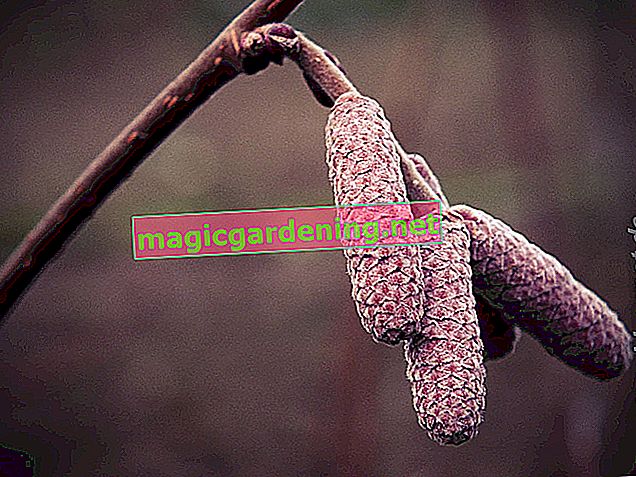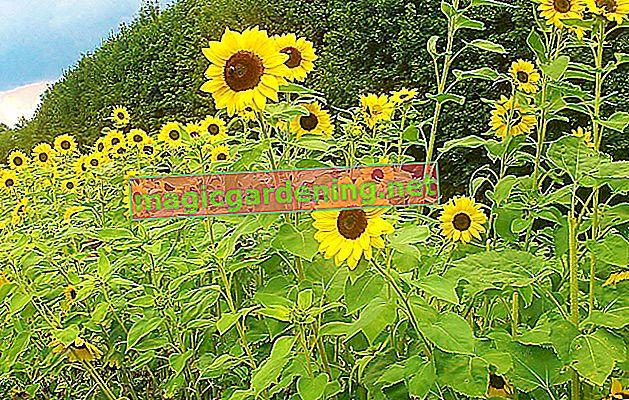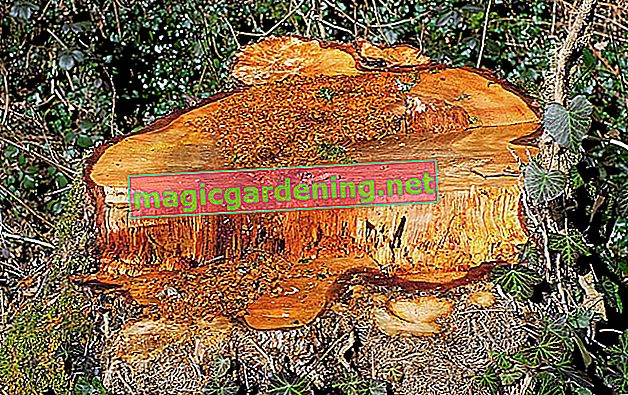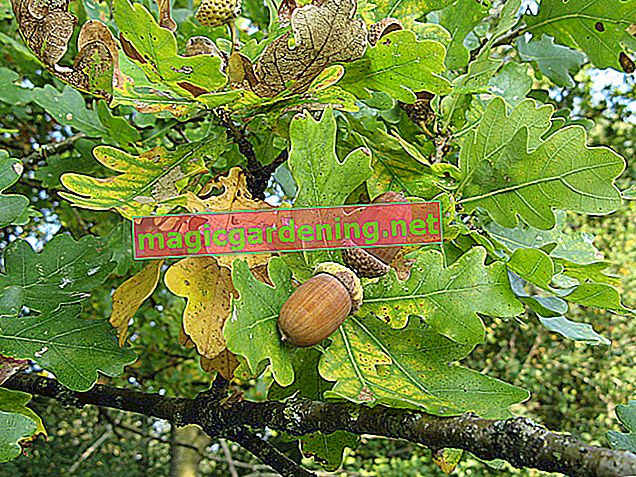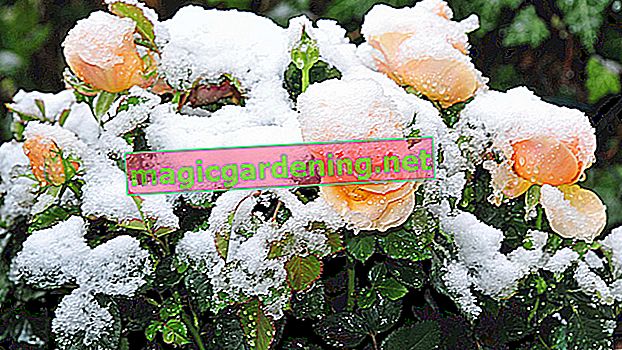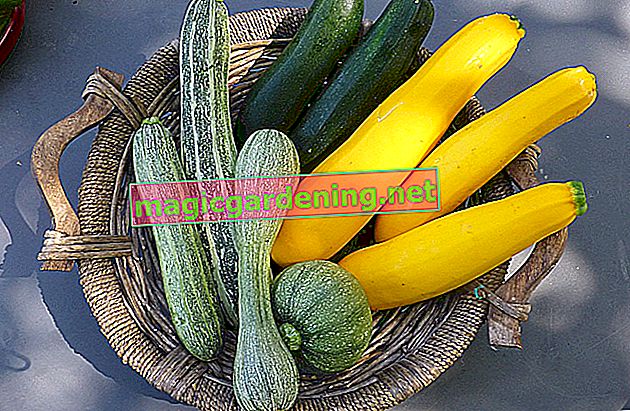
The meaning of the Latin name
The Latin name of the cornel is Cornus mas. Cornu means “hard as wood”, mas stands for male. The name refers to the hard wood of cornel cherries.
also read
- Planting Cornelian cherries correctly
- Cutting cornel cherries - tips for the right cut
- Grow Cornelian cherries as a hedge
The fruit tree grows very slowly and takes many years to produce the first notable harvests.
Flowering time and harvest time
The yellow flowering of the cornel begins in February and continues into April.
Depending on the variety, the fruits are ready for harvest from the end of August. Very late varieties do not ripen until October.
All cornel varieties are hardy
Cornelian cherries are robust, easy to cut and easy to care for. They also thrive in rather poor locations. They don't even bother with road salt.
The shrubs are absolutely hardy and do not need winter protection.
Cornelian cherries fertilize themselves
Even if Cornelian cherries are monoecious with hermaphrodite flowers, you should plant at least two trees in the garden - at least if you want to harvest the sweet and sour fruits for consumption.
The yield is much greater with two Cornelian cherries than if you only grow one plant in the garden.
Small introduction to known and little known varieties
| Variety name | Height / width | fruit | particularities |
|---|---|---|---|
| Devin | up to 450 cm | dark red | ripens late |
| Elegantissima | up to 300 cm | yellow | yellow-colored foliage |
| Golden Glory | up to 600 cm | yellow | good hedge plant |
| Jantarnyi | up to 300 cm | golden yellow | big, sweet fruits |
| Kazanlakers | up to 700 cm | bright red | big fruits |
| Macrocarpa | up to 500 cm | red | pear-shaped fruits |
| Pioneer | up to 600 cm | dark red | big fruits |
| Schönbrunn gourmet dirndl | up to 600 cm | red | sweet, edible raw |
| Variegata | up to 600/400 cm | red | leaves with white margins |
| Jolico | up to 500/400 cm | red | sweet fruit |
| Animal loaf | up to 500/200 cm | dark red | cherry-sized fruit |
Tips
The wood of the Cornelian cherry is one of the hardest woods in Europe. It's so heavy that it doesn't float on the water, it goes down. It used to be used to make hammer handles and walking sticks.

